S teve Cauthen was in Ireland this week, meeting old friends. Now 62 years of age, ‘the Kentucky Kid’ is looking sharp, enjoys good health, and is as friendly, chatty and approachable as ever.
A teenage sensation in the US in the late 1970s, he was drawn to Europe aged just 19 and he was champion British jockey three times in the 1980s, during which time he forged a golden partnership with trainer Henry Cecil.
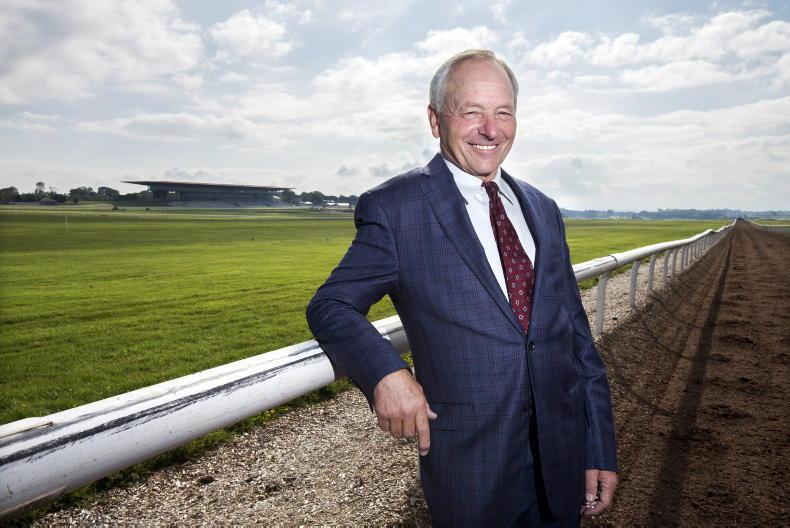

 This is a subscriber-only article
This is a subscriber-only article
 It looks like you're browsing in private mode
It looks like you're browsing in private mode




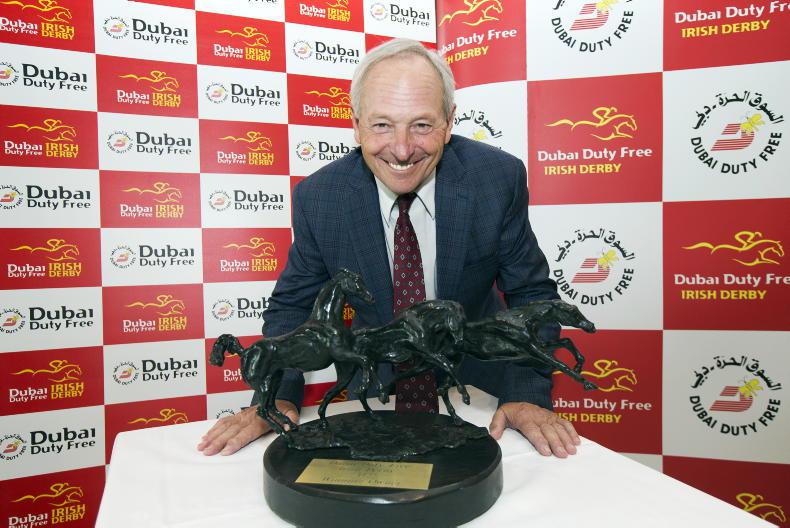
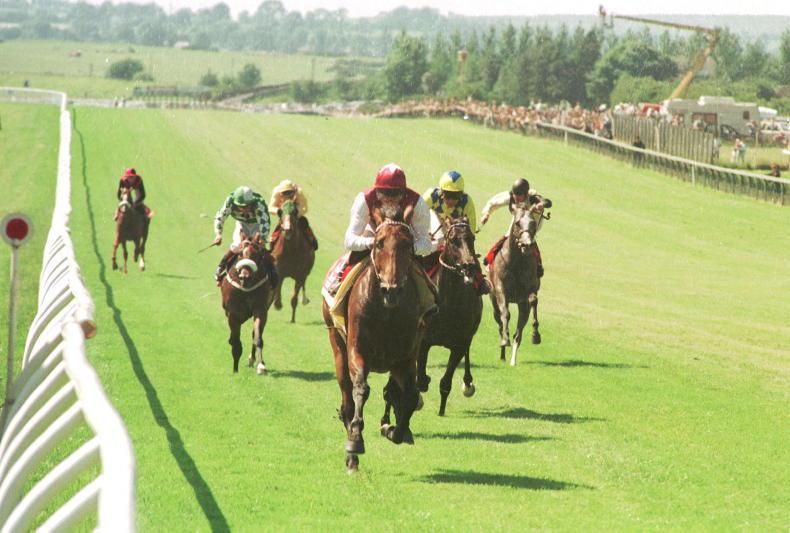
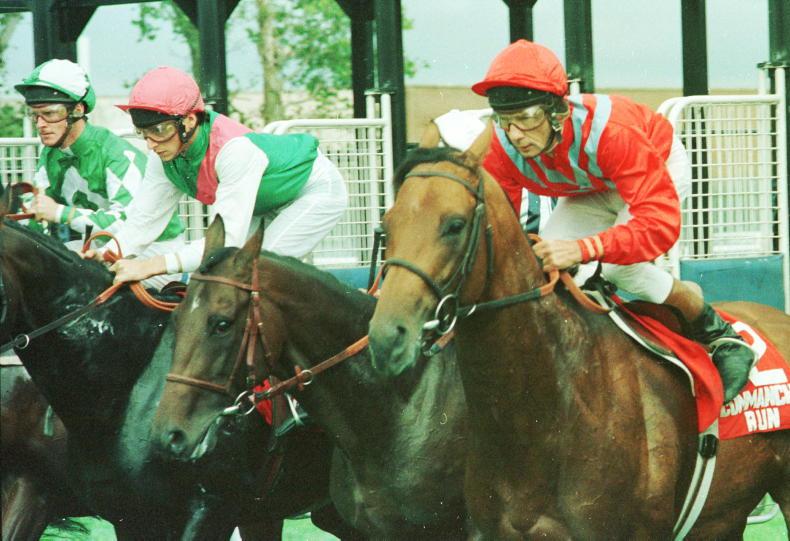
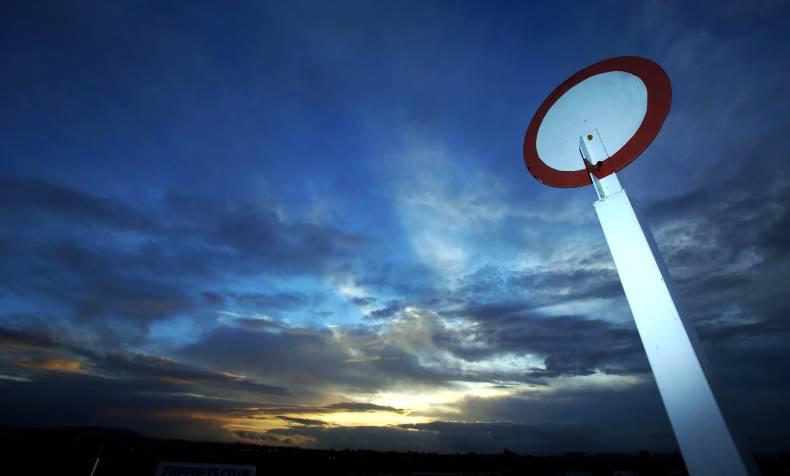

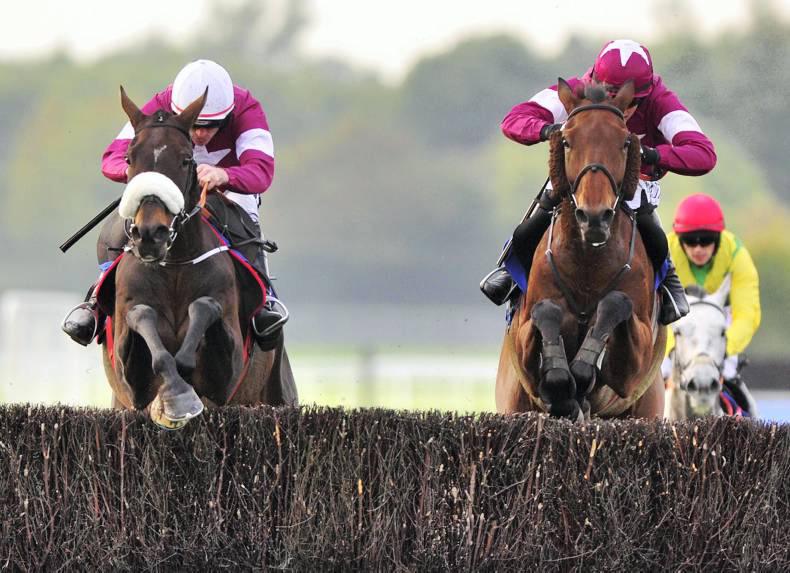

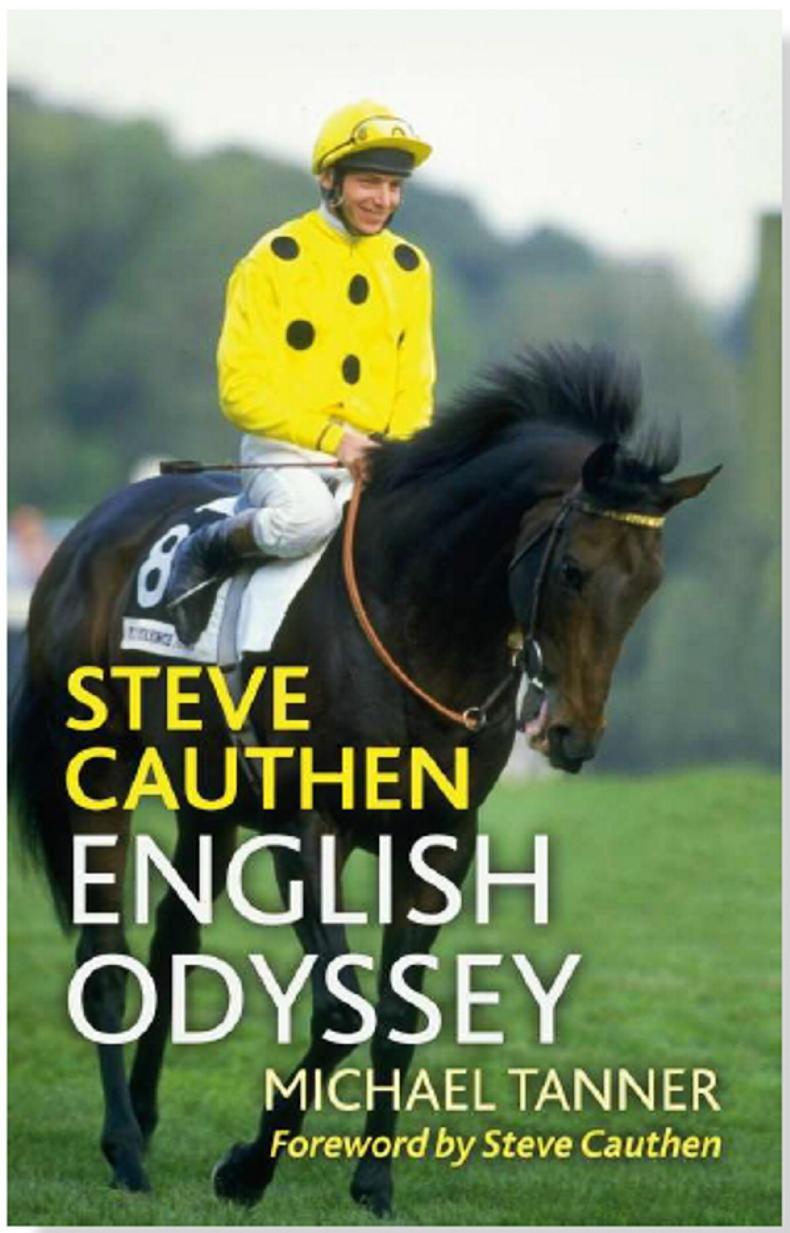
SHARING OPTIONS: